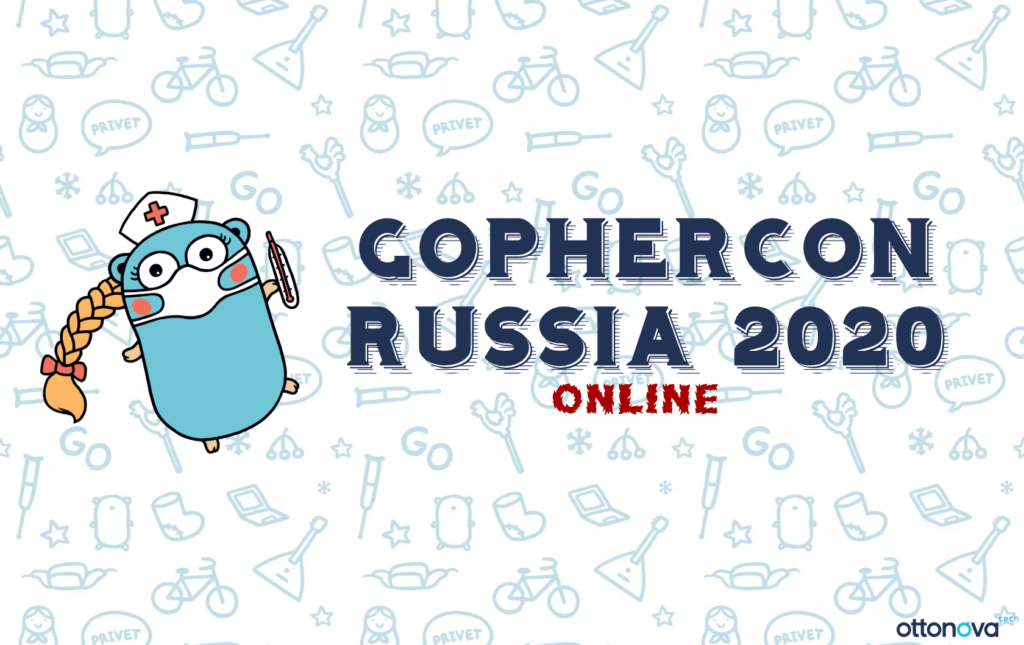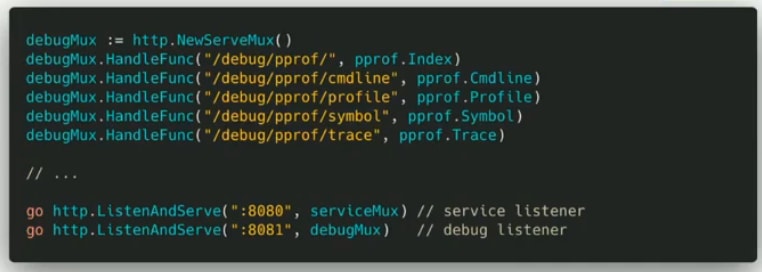2020 will be remembered for a very long time by the quarantine and the accompanying restrictions. All events where there is a crowd of people have been cancelled and we are trying to adhere to all recommendations. It would seem that this year’s conference would be impossible. But tough times await new solutions, and now conferences are also moving online.
This innovative solution has its pros and cons. What I liked was:
- ability to communicate with the speaker;
- switch channels just in one click;
- talks were recorded in advance, so speakers could answer questions in runtime;
- talk to anyone you want in chat;
- sitting in my favourite chair with two monitors;
- slides or speaker monitor very clearly visible (people with poor eyesight will understand me 😉);
- if you get bored, you can go about your business (conferences in the post-Soviet area are held on weekends, so you need to spend your personal time);
- waking up late and no queues to get a pass.
Nevertheless, in addition to the pros, there were also disadvantages:
- affiliate ads sound more intrusive and more like spam;
- the platform they used for sharing had a few technical issues, so I met a lot of freezes;
- only the winners of contests and quizzes can receive partner merchandise.
What about the conference
The conference is divided into two days. The first day was devoted to workshops, and the second day there were 2 tracks for talks. The overall level of the talks was quite high and I personally really liked it.
Workshops were held exclusively in Russian, so the audience was very limited (about 140 participants). But the talks were both in Russian and in English and were very reasonably distributed among the tracks (approximately the number of listeners on the stream was 150 and 80 per track).
Workshops
- Observability in practice by Elena Grahovac
Quite an interesting and practical workshop, in which she showed by a practical example of how to log useful information using a uber-go/zap logger, tracing of application flow execution and gathering metrics using opentelemetry, visualization and analysis of the obtained data using jaeger.
The codebase available on GitHub, just use tags in this order clean, logger, tracer, meter and tools to follow the process:
- TLA+/TLC: a practical tool for formal verification of algorithms that all gophers need to know for sure by Alexey Naidyonov
Despite the title, I personally think that this topic is important, but not so much that everyone should know it. It would be nice to know – yes, it can help you with your architecture planning, but for need – no, I don’t think so.
growler / gophercon-russia-2020-talk
TLA+ is a tool to design systems and algorithms, then programmatically verify that those systems don’t have critical bugs. It’s the software equivalent of a blueprint.
If you are interested to learn more, here are a few links for you:
- The TLA+ Video Course by Leslie Lamport, author of TLA+ and PlusCal specification language
- Learn TLA+
- TLA+ Examples
If you are interested in a deeper study, then “Specifying Systems” and “Practical TLA+” books will serve as the best continuation for you.
Talks
- Continuous profiling for Go applications by Mike Kabischev
Nice talk, started with an overview of profile types and basics profiling with runtime/pprof. Then several continuous profiling packages were compared, such as github.com/conprof/conprof and github.com/profefe/profefe.
Profiling is a part of observability, that’s why pprof should be always available, but net/http/pprof should be accessible in the different port.
As a follow-up you can also read Continuous Profiling of Go programs | by Jaana Dogan | Google Cloud – Community | MediumJaana Dogan ・ ・ 4 min read Medium
- eBPF: Modern Introspection Capabilities in Linux by Marko Kevac
BPF is kernel-level profiling in Linux. It allows you to monitor what happens in the system, as Linux is an event-driven system and you can analyse these events with BPF program. The newer the version of your kernel, the more BPF features you can use. However, BPF is not fully adapted with Go, namely BPF program written in Go cannot work with the kernel part. The most commonly used package is iovisor/gobpf, but there are other alternatives like github.com/dropbox/goebpf and github.com/cilium/ebpf.
If you are interested and would like to know more, then it is best to read “BPF Performance Tools” and “Linux Observability with BPF” books:
- Codegenerator in Go by Dmitriy Smotrov
Personally, I am too conservative for decisions such as code generation, as I prefer to do everything myself. Nevertheless, such solutions can speed up work on routine things, for example, describing a repository for a model, or writing tests for this model. In addition, it is important to note that Go has good functionality for such solutions.
Source code is available on GitHub
- GoLand Tips & Tricks by Florin Patan
If you are using GoLand as an IDE for writing code, then the examples shown during the talk can be very useful for you.
Code samples can be found in the GitHub
dlsniper / golandtipsandtricks
- Debugging concurrent programs in Go by Andrii Soldatenko
The talk was built on the use of the console version of the delve (dlv). Of course, GoLand will solve it for you as its debugger also uses devle, same as VSCode, but not everything from delve release will immediately appear in your IDE. So if you want to have a better and custom debugger, it is good to know how dlv works.
Slides can be found in the Dropbox
- Go, please: language server under the microscope by Ilya Danilkin
A Language Server is meant to provide the language-specific smarts and communicate with development tools over a protocol that enables inter-process communication. The idea behind the Language Server Protocol (LSP) is to standardize the protocol for how such servers and development tools communicate. This way, a single Language Server can be re-used in multiple development tools, which in turn can support multiple languages with minimal effort.
In the past, there were many LSP implementations in Go, but over time, the Go core team developed the official LSP implementation gopls that we know today.
Slides can be found in slides.com
- How to stop thinking about required fields and start writing contracts by Vladimir Serdyukov
The talk tells about the Buffer Protocol mechanism, invented by Google for serializing data structures. The speaker talked about the differences between proto2 and proto3, as well as how to use required fields in proto3. For validation, you can use either buf.build or github.com/uber/prototool.
In new projects and for better compatibility it is recommended to use proto3. apiv2 can and should be used, but prototool does not support it. buf.build looks promising, but plugins such as gogoproto lose their relevance.
- Intro to AI for software engineers using go-learn by Miriah Peterson
GoLearn is an accessible ML library written primarily in Go with some C and C++. It uses with simple classification problems.
Checkout the examples
To learn more, go through the tutorials at
and
- Growth of the open-source community: problems and solutions by Georgy Rylov
The speaker told how he organized a special course at the university and involved students in writing their project.
As a result, he summed up that students can write productive code in Go and it takes comparable time to review it as for regular developer. It is not necessary to have a curriculum in order to come to the university with your projects.
- Generic Programming in Go by Vladimir Vivien, “Learning Go Programming” book author
The possibility of adding generics to Go is currently being developed. Preliminary, they should be expected no earlier than 2 years later.
Go core team assumes a level of performance in runtime, as generics should come with faster execution time. Nevertheless, compiler time may increase, but the Go core team are doing everything to keep compilation fast. Use of generics can be also complicated and the code with them may look unusual. Here is an example of using type parameters in functions:
fmt.Print(F(int)(param int))The proposal can be found here:
vladimirvivien / go-generics-proposal
Examples using Go2 generics
- The Next Step for Generics | go blog
- Contracts — Draft Design | Google source
- Go training for Generics
dev.go2gobranchdev.go2gobranch READMEdev.go2gotestdata
Conclusion
I was pleased with the time spent listening to talks and workshops. In addition to the information from the official part, in the communication channels, I have gathered for myself several technologies that are worth paying attention to.
uber-go/zaplogger might be a good alternative to thesirupsen/logruswhich we are currently using at ottonova. Although it is simpler to implement and use, nevertheless its execution speed is several times lower than that ofzap.- FluentD is an interesting alternative for LogStash. From a preliminary analysis of FluentD, it appears to be less resource-intensive and more flexible.
- Observability is popular and demanded thing, and most of the conference was dedicated to it.





Leave a Reply